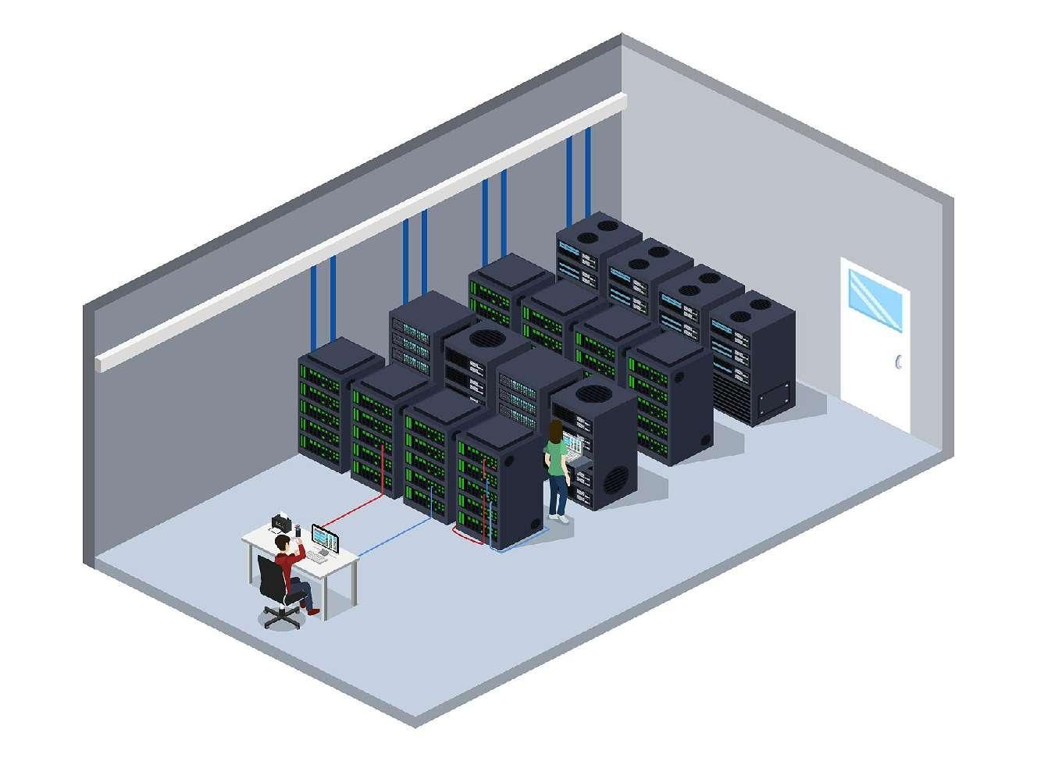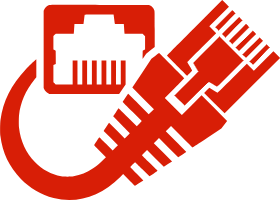Integrated wiring
Intelligent cabling | Efficient connection | Infinite possibilities
Provide you with a trusted network infrastructure
Integrated cabling systems - Design principles

- Systematic: There are information ports in any area of the building, so that reconnection or placement of workstation terminals does not require rewiring.
- Standardization: The system’s information ports and corresponding supporting cables must be unified in order to smoothly connect all types of networks and terminals, while realizing the flexibility of system maintenance and reconfiguration.
- Advanced and continuous: The system must be maintained over a long period of time without obsolescence, and will not lose manufacturer support due to progress. (Take system evolution and upward compatibility into account.)
- High performance price: The selection of wiring system structure is reasonable, the selection of raw materials, media, connectors, electrical equipment has good physical and electrical properties, and the price is moderate.
- Practicability: The designed system should fully meet the user’s current needs and development needs.
- Flexible and convenient: the structure design should be easy to distribute, the information port is set reasonably, and the plug and play can be achieved.
- Manageable: Standard building block connector can be used for wiring management.
- Good extensibility: The system is designed according to standard specifications, and the structure and connectors are easy to expand and replace to ensure easy expansion and replacement.
Schematic diagram of integrated wiring subsystem

- Workspace subsystem
- Interdevice subsystem
- Trunk (vertical) subsystem
- Wiring (horizontal) subsystem
- Interline subsystem
- Architectural complex subsystem
- Intermanagement subsystem
Providing Stable, Efficient, Safe, And Intelligent Network Infrastructure

Intelligent Wiring
Intelligent wiring further integrates sensors and controllers to achieve monitoring and management of network equipment and the environment. For example, the intelligent wiring system can detect information such as temperature, humidity, and energy consumption through sensors, and perform real-time monitoring and regulation, thereby enhancing energy utilization efficiency and equipment operation effectiveness.

Manageability and Security
The comprehensive cabling system should have remote monitoring, fault diagnosis, and management capabilities, as well as security measures such as encryption and identity verification for network communications. At the same time, comprehensive wiring should be integrated with the security systems and equipment of the smart campus to jointly construct a secure and reliable network infrastructure.

Multi-Service Support
A smart campus needs to support various services and applications, including security monitoring, access control systems, Internet of Things device connections, etc. Therefore, comprehensive wiring needs to have sufficient bandwidth and flexibility. High-speed, high-density, and fiber-optic wiring solutions can provide the smart campus with better network performance and scalability.

High-Efficiency Energy Management
Smart campuses focus on energy management and environmental sustainability. Comprehensive wiring can achieve high-efficiency energy management through energy recovery, energy efficiency evaluation, and flexible regulation. For example, Power over Ethernet (PoE) technology combines power transmission and data transmission in one cable, reducing energy consumption and the complexity of equipment power supply.
